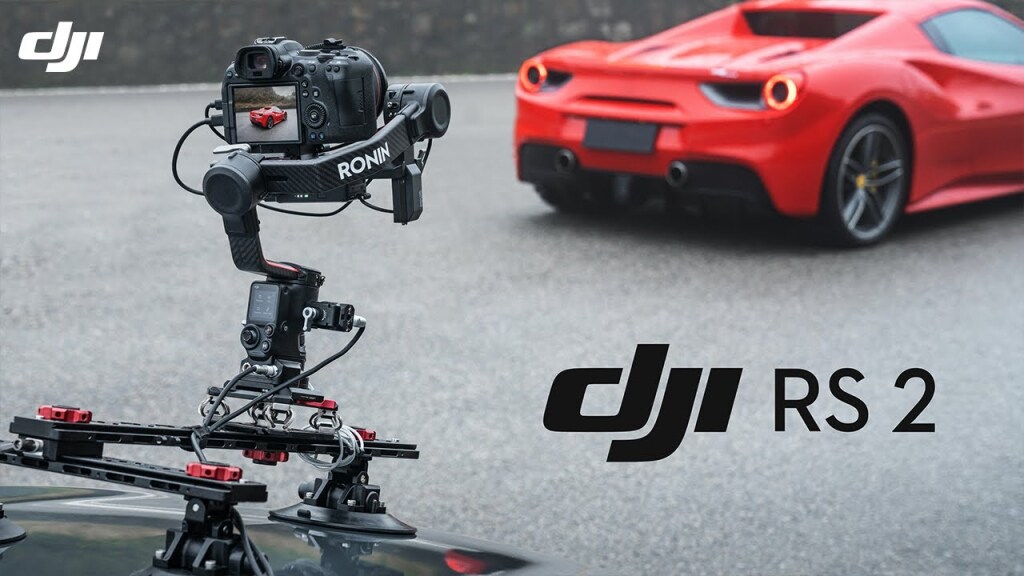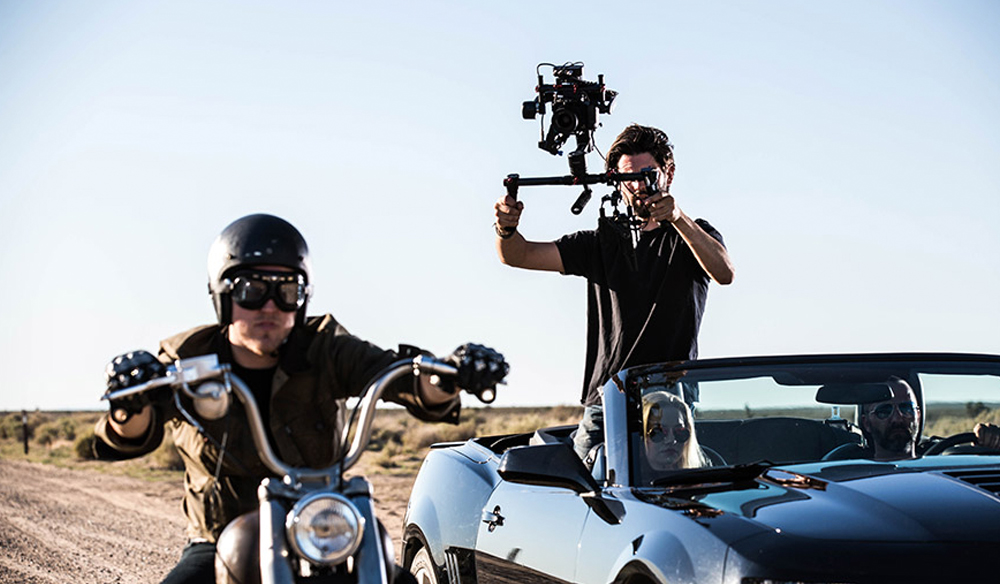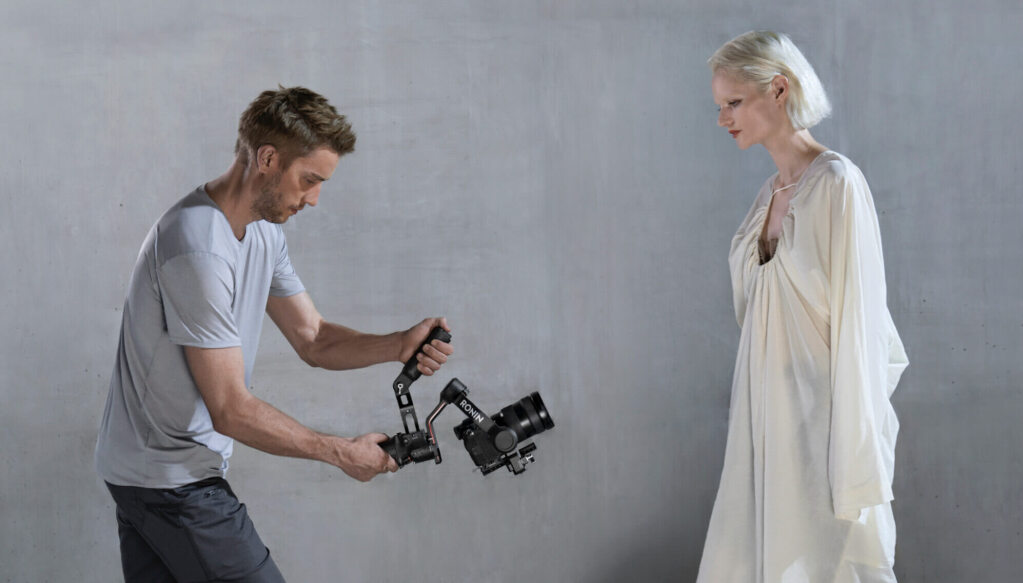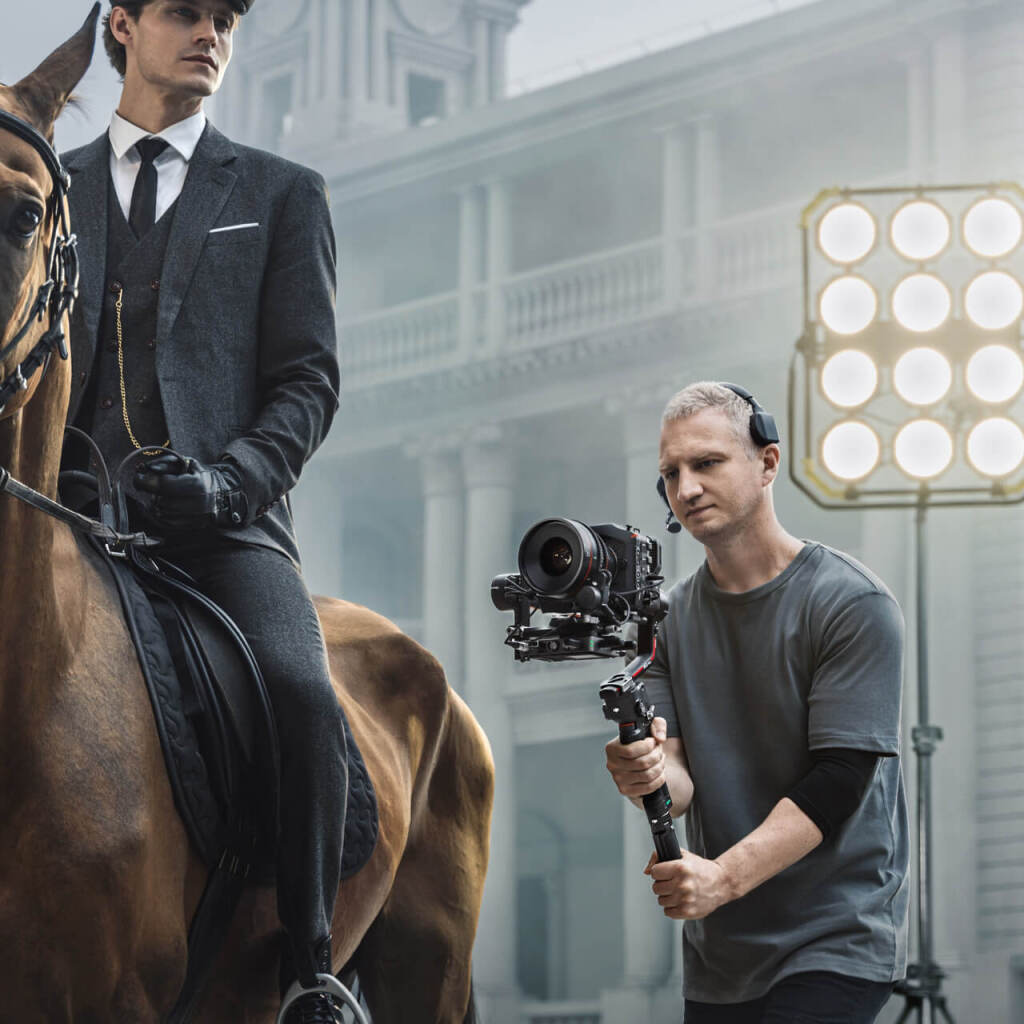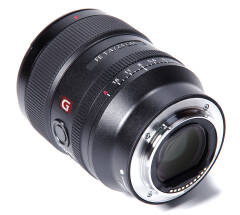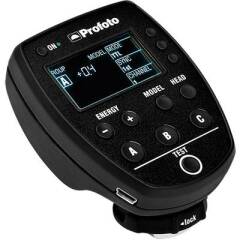Categories
Why we have phased out the DJI Ronin-S
The DJI Ronin-S has been a solid workhorse for a fair while, adding a nice simple stabilisation option for smaller cameras.
However it was not without a few issues. And those issues have been addressed with the RS-2 and RS-3. Adding more features and more payload with more reliability.
Design and Payload
The Ronin RS 2 and Ronin-S both have a similar design with a three-axis stabilization system.
The Ronin RS 2 is constructed using carbon fibre, making it lighter and more portable than the Ronin-S.
The RS 2 has a maximum payload capacity of 4.5 kilograms (10 pounds), while the Ronin-S could handle payloads of up to 3.6 kilograms (8 pounds).
Motors and Stabilization
The RS 2 features upgraded motors and a more advanced stabilization algorithm, providing smoother and more precise camera movements.
The RS 2 also incorporates a SuperSmooth mode that enhances stabilization for even more stable footage.
Battery Life
The RS 2 has a longer battery life compared to the Ronin-S. It can operate for up to 12 hours on a single charge.
Both gimbals use the same battery system and charge directly via USB-C.
Mounting Options and Accessories
The RS 2 offers a modular design and includes a quick-release plate, allowing for easier camera mounting and balancing.
It features a detachable grip used as a separate underslung handle for low-angle shots or as a remote control.
The RS-2 works incredibly well with some third party accessories, such as the Tilta Hydra Alien and Tilta Advanced Ring Grip; adding a huge amount of rigging options.
Other Features
The RS 2 incorporates several intelligent features, such as Time Tunnel, Roll 360, and Force Mobile, which provide enhanced creative options and control over camera movements.
In short, the RS-2 does everything the Ronin-S does – and better. So from May 2023 we have put our Ronin-S out to pasture, with purchase of more Ronin RS-2 and RS-3.
